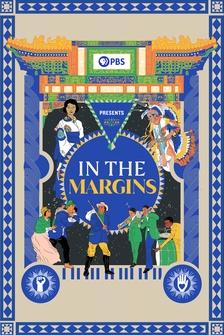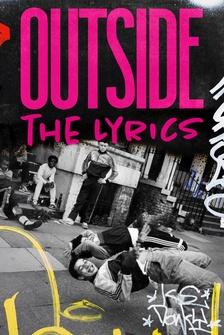Ah, the '80s.
The typical fridge back then didn't look too different from one today.
But it was different.
Back then, a fridge used more than four times the electricity of a new one today.
AND it was more expensive.
AND it was smaller.
In fact, when it comes to energy, pretty much every appliance in your home uses way less today than it would have three decades ago.
That's saving us a lot of money, a lot of carbon dioxide emissions, aaaand that leftover burrito you didn't finish at lunch.
[OPEN] Hi everyone, I'm Miriam.
Let's talk about stickers... Ok, ever been appliance shopping?
It's one of the more boring and expensive experiences adulthood has to offer.
But stickers can make it more fun!
You might have seen something like this [EnergyGuide] on a dishwasher or water heater.
It tells you how much energy each home appliance uses, and how much it'll cost to run.
Unless you have a super-old electric bill handy, you probably don't even notice how much more efficient today's improved appliances are.
And that matters, because common household appliances are responsible for about 90 percent of energy use in a typical US home.
Today, washing machines use 70 percent less energy than in 1990.
Air conditioners, 50 percent less.
Dishwashers, 40 percent less.
That's because a set of government standards has steadily set the bar higher and higher for the efficiency of our products.
That's right.
The government is all up in your vegetable drawer.
This all started back in 1973, when a bunch of big oil-producing countries cut off oil exports to the US.
As a result of the embargo, energy costs hit American wallets hard, and many people realized using less energy was a way to save money.
The US government decided to help consumers do that by making household devices more efficient.
So beginning in 1975, the government put energy efficiency targets in place for many products.
By 1987, these targets had become mandatory, and every appliance for sale in the US had to meet these minimum efficiency standards before hitting stores.
Every few years since, the standards are updated and made more rigorous, so companies need to keep innovating their products.
Those yellow stickers are one part of this bigger energy-and money-saving effort.
The growing list of stuff covered by efficiency rules has helped save U.S. homes and businesses $2 trillion dollars on utility bills since 1987, saving each household about $500 every year.
And, thanks to these evolving efficiency standards, the U.S. is set to save more than 7 billion tons of carbon emissions by 2030.
All the energy-saving progress that happened in the 80s showed manufacturers that saving energy was good for business.
And even more progress was about to happen thanks to this: [ENERGY STAR logo].
The US Environmental Protection Agency launched the ENERGY STAR program in 1992.
It's totally voluntary, and it's designed to get manufacturers to do even better than just meeting the minimum standards already set by the government - the ones we just talked about.
So, today when you look to buy anything from an AC to a TV, it's super easy to find which products go above and beyond when it comes to saving energy and money on utility bills.
Here's how these programs work together.
Manufacturers work with the government to come up with the minimum standards that everyone has to meet, which are updated every six years or so.
But meeting those standards alone doesn't earn you a star.
Once products are on the market, only the most efficient ones get the ENERGY STAR, giving people a no-brainer way to save the most they can.
Say you buy a dryer with that logo.
It'll use about 20 percent less energy than one without it.
If you want to know how much energy, exactly?
The program's website will estimate it for you.
That blue logo alone has helped keep 3 billion tons of carbon dioxide out of the atmosphere, which is equivalent to taking more than half a billion cars off the road for a year.
Other places are doing this too: Canada, China, Australia, Japan... and the EU, where the Ecodesign standards are projected to reduce overall carbon emissions 11 percent by 2030.
As the world continues to get wealthier, more crowded, and warmer, more and more people are looking for refrigerators, freezers, air conditioners, fans, and other ways to keep cool.
So expanding these kinds of efficiency standards around the world could keep hundreds of new coal-fired power plants off the grid.
Which, you know, would be good.
What's neat is that even though these programs started as a government thing, they only work because people bought in.
No one's forcing anybody to buy the most energy efficient appliances, but we are!
It's pretty cool when a money-saving decision ends up helping the climate too.
So when you buy anything that uses energy, look for that logo... it'll save you money and help the planet while you're at it.
And no matter how much you love the '80s, if a piece of it is still humming away in your basement, it's probably time to ditch that.
Trust me, it's not going to come back in style.















